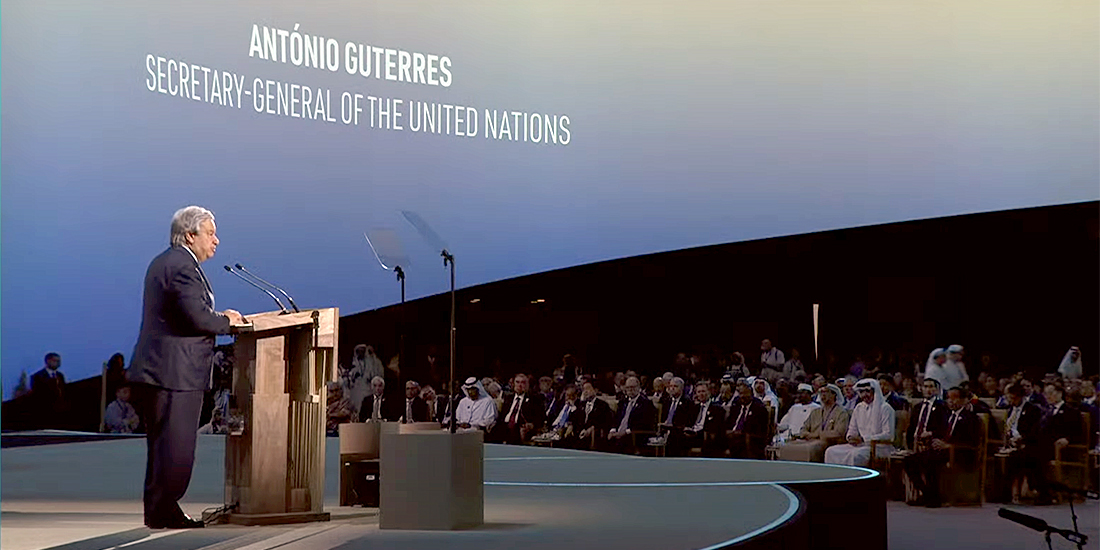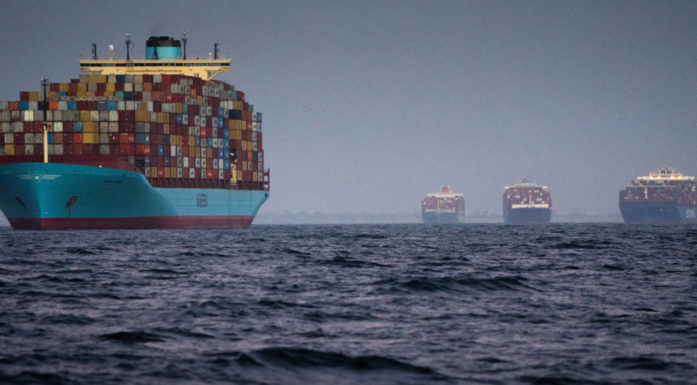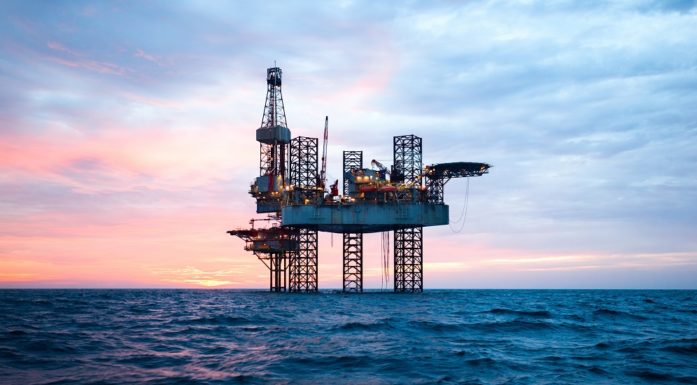Climate talks and the way forward
What should power the future’s shipping fleets? How can we change the way we build buildings so that they’re truly climate neutral? If we’re going to actively alter the planet’s climate, how should we study this?
As leaders gather in Dubai for COP28, the international climate change talks, the message from the United Nations has never been clearer.
The countries of the world need to act now, urgently, to cut our greenhouse gas emissions quickly and deeply to keep global warming.
The main thing is that we need deep and fast decarbonization across all sectors.
NTNU researchers are among the experts travelling to Dubai to share their knowledge on everything from the future of shipping to how buildings can be made greener and climate neutral.
- You might also like: Wax, wood and CO2
Shipping an especially difficult challenge
Anders Hammer Strømman, a professor at NTNU’s Industrial Ecology Programme, will talk about the future of shipping in an event on Sunday, 10 December.
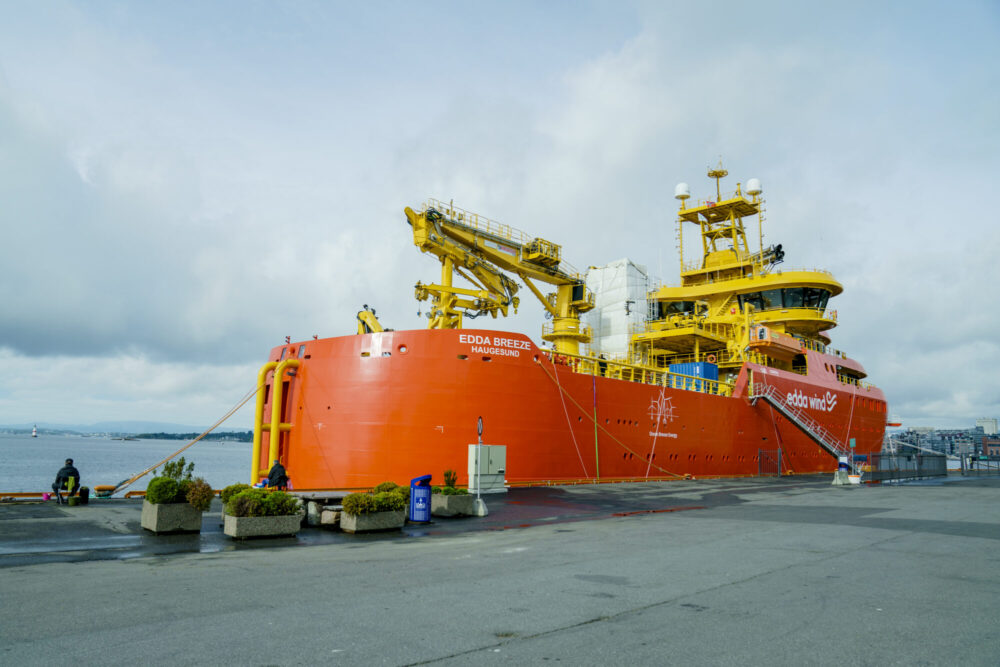
The Norwegian offshore wind ship “Edda Breeze” being prepared to be able to operate emission-free on hydrogen, as the first ship of its kind. Photo: Stian Lysberg Solum / NTB
Strømman was a lead author for Transport in the Intergovernmental Panel on Climate Change’s (IPCC) 2022 report on mitigating the effects of climate change. Strømman’s message is simple.
“The main thing is that we need deep and fast decarbonization across all sectors, including shipping,” he said.
For shorter distances, it’s possible to use electricity to power ships such as ferries, as has been done in Norway. Hydrogen may be another alternative, although it is not currently in use in a commercial setting.
But crossing a big ocean? That’s much harder, and will take some creative solutions, he said.
“The challenge is that if you’re going to cross the Atlantic or the Pacific, you need sufficient energy to get across,” he said.
Alterative fuels could be “hydrogen derivative fuels, including ammonia, and bio sustainable fuels combined with energy efficiency measures, and potentially sails,” he said.
Making choices when building ships
But that’s just fuel. What about the ships themselves? Making the switch to any new kind of fuel will mean building new kinds of ships. And that’s another problem.
Shipping companies are really interested in what the future will hold because “they’re making investments now, they’re building new ships continuously,” Strømman said.
These ships are very expensive, and they have a long lifetime. So once a fuel for a ship has been chosen, that ship is to some extent locked into whatever kind of category of fuel it has been built to use.
“The big question for many ship owners is what type of fuels and solutions do we choose for the next generation of ships. If the policies aren’t in place, they’re not going to be investing in the low carbon solutions we need to get the sector on track toward meeting the goals of the Paris Agreement,” he said.
- You might also like: Want to save the planet? Cut coal use by 95 percent, oil by 60 percent by 2050, report says
Greening building construction
Edgar Hertwich, a professor at NTNU’s Industrial Ecology Programme and a member of the European Scientific Advisory Board on Climate Change, will be giving a virtual presentation on material efficiency in buildings on 9 December.

Residents cross a road damaged by El Niño rains in Tula, Tana River county in Kenya on Saturday Nov. 25, 2023. Severe flooding in the country has killed dozens and displaced thousands, according to estimates from the UN Office for the Coordination of Humanitarian Affairs. Climate researchers say we can expect far more flooding like this in the future if we fail to act. (AP Photo/Brian Inganga, File)
Construction materials alone are responsible for fully 12 per cent of global greenhouse gas emissions, Hertwich said, “but they’re often not considered when looking at climate mitigation in the buildings sector.”
As with ships, buildings are a long-term investment, which means that good choices before construction begins is critical, he said.
“Building design and materials choice are important factors that affect life-cycle GHG emissions from buildings,” he said.
Governments can play a major role here, because building design and material selection can be influenced by standards and codes, as well as taxes and other rules.
- You might also like: Geoengineering, other technologies won’t solve climate woes
Changing the way we think about using space
But it’s not just the materials themselves that can make buildings even more efficient, Hertwich says.
“The more efficient utilization of space is of central importance. Being judicious in our consumption of space means that we can limit the need for new buildings and hence reduce GHG emissions,” he said.
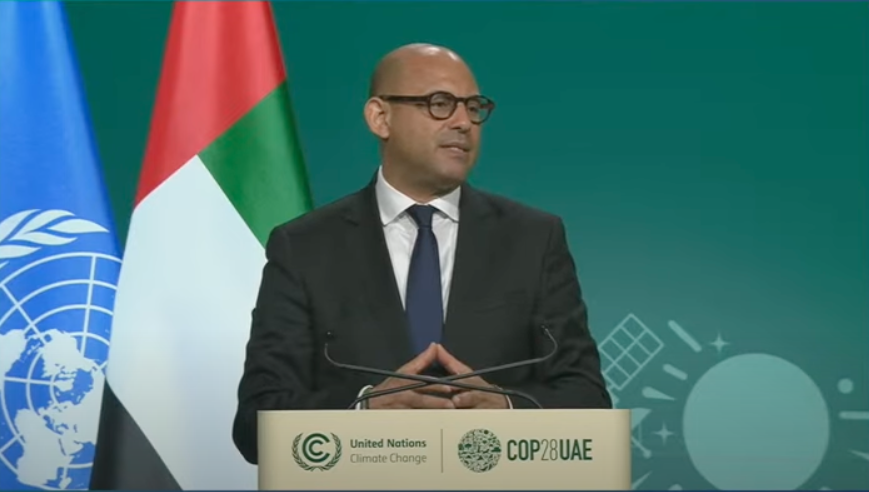
Simon Stiell, Executive Secretary of the United Nations Climate Change Secretariat, at the COP28 climate talks. “We are taking baby steps, stepping far too slowly in an unstable world that lacks resilience,” he said at the opening session of the talks.
“Eventually we need to decarbonize building material production by using carbon capture and storage (CCS) in cement plants and low-emissions hydrogen in steel production. Until we have those capabilities, we should attempt to build less, and build with biogenic building materials,” he said.
Buildings have come to be an uncomfortable example of the problems caused by global warming, as floods sweep away homes and fires incinerate communities. So it wasn’t hard for Hertwich to describe the urgency of the problem.
“If we wait, we will have a lot more inundated and burnt-down buildings which we will need to replace, and defensive structures we need to build, and the job of providing shelter to the worlds huddled masses will become that much harder,” he said.
Carbon removal
Another difficult question that faces scientists trying to help society cope with climate change is carbon dioxide removal, or the deliberate manipulation of the atmosphere to reduce temperatures. Should humankind even consider this possibility?
Helene Muri is a research professor at NTNU’s Industrial Ecology Programme, and is on the Advisory Board for the American Geophysical Union’s Ethical Framework for Climate Intervention Research.
Delaying decarbonization even further will only get us into more trouble.
She will participate in a session on 3 December that will address creating an ethical framework for studying how we should conduct this research, and how we should decide if and when we should intervene actively in to remove carbon from the atmosphere or altering the climate in other ways via so-called solar radiation modification.
Muri says that many technologies that might be able to pull carbon dioxide out of the atmosphere are not well enough developed to help the planet now.
“Efforts to cut emissions are of the utmost importance. Carbon Dioxide Removal (CDR) methods are still far away being able to contribute towards the Paris Agreement goals,” she said. “We hence cannot wait with our emissions reductions and hope for future technologies that we do not know will come through for us.”
Nevertheless, Muri says societies need to study and develop methods for removing carbon dioxide from the atmosphere. Not only that, scientists and policy makers have to consider how any of these technologies should be deployed in a just and fair way, she said.
- You might also like: Blocking the sun to control global warming
No time to lose
But there’s no time to lose for society to act in a way that scientists know will work, and that is by cutting carbon emissions now.
“2023 is set to break so many climate records. We are set to see a global mean increase of 1.4C this year,” she said. “This has to be the showstopper for continued development of the oil and gas industry. Delaying decarbonization even further will only get us into more trouble.”
References:
(2023) Modelling of ship resistance and power consumption for the global fleet: The MariTEAM model. Ocean Engineering
(2022) High-resolution modeling of aviation emissions in Norway. Transportation Research Part D: Transport and Environment
(2023) The legacy environmental footprints of manufactured capital. Proceedings of the National Academy of Sciences of the United States of America
(2023) Do not be misled on the energy crisis. Environmental Research Letters
(2023) Opinion: The scientific and community-building roles of the Geoengineering Model Intercomparison Project (GeoMIP)-past, present, and future. Atmospheric Chemistry and Physics (ACP)
(2022) Estimating CO2 Emissions for 108,000 European Cities . Earth System Science Data
